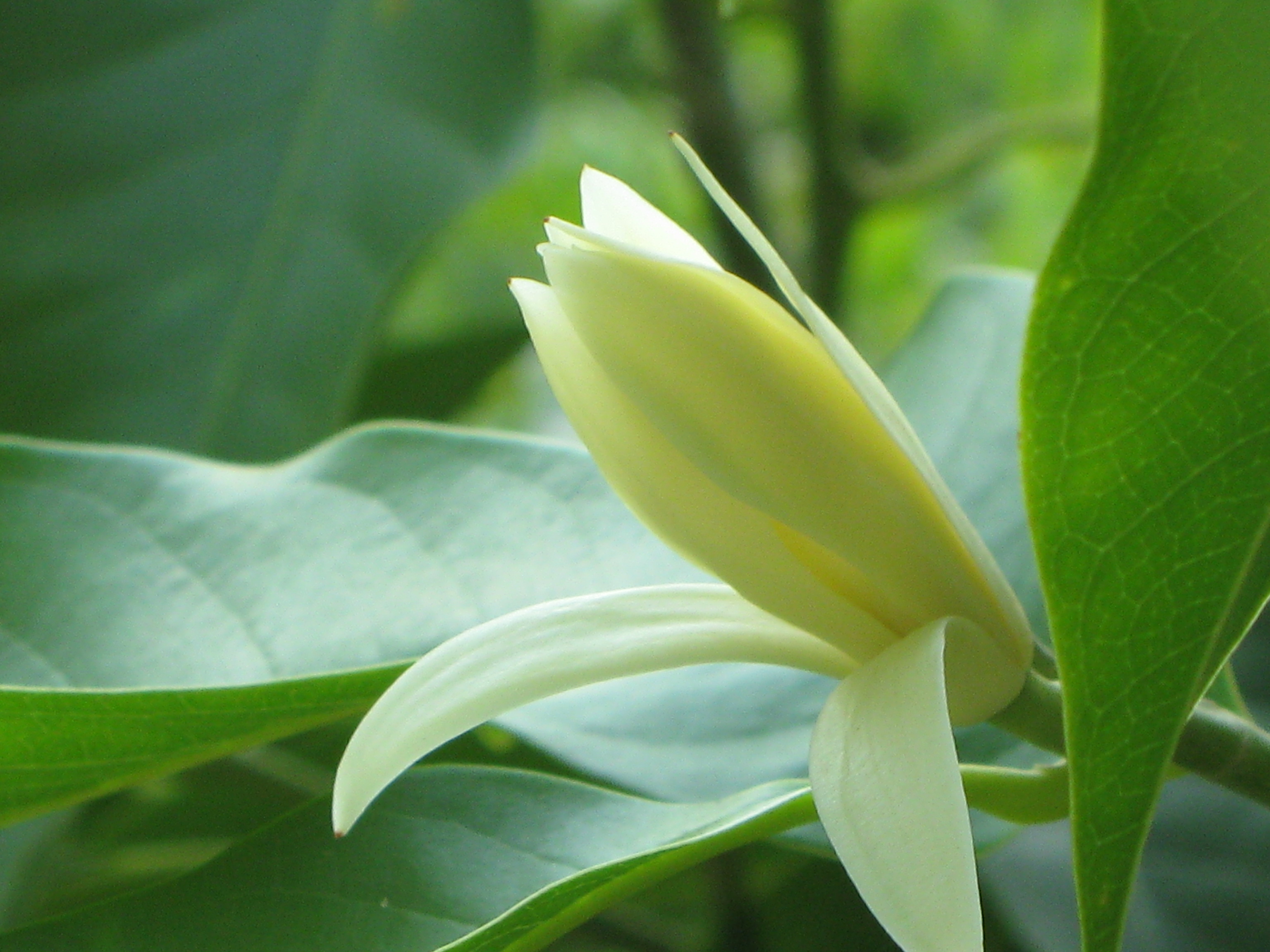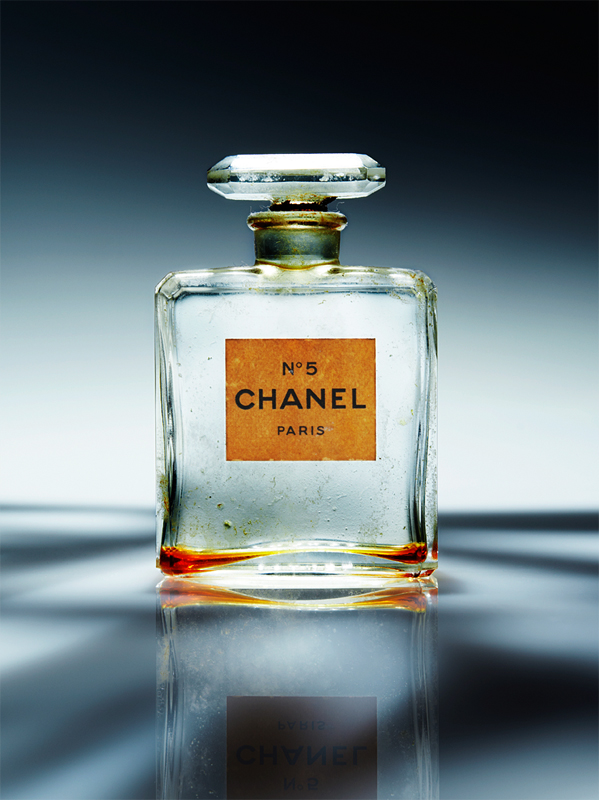|
Magnolia Champaca
''Magnolia champaca'', known in English as champak (), is a large evergreen tree in the family Magnoliaceae.efloras.org: Flora of China treatment of ''Michelia (Magnolia) champaca'' accessed 7.12.2015 It was previously classified as ''Michelia champaca''. It is known for its fragrant flowers, and its timber used in woodworking. Etymology The species epithet, ''champaca'', comes from the Sanskrit word ().Vernacular names Other vernacular names in include joy perfume tree,[...More Info...] [...Related Items...] OR: [Wikipedia] [Google] [Baidu] |
Carl Linnaeus
Carl Linnaeus (; 23 May 1707 – 10 January 1778), also known after his Nobility#Ennoblement, ennoblement in 1761 as Carl von Linné#Blunt, Blunt (2004), p. 171. (), was a Swedish botanist, zoologist, taxonomist, and physician who formalised binomial nomenclature, the modern system of naming organisms. He is known as the "father of modern Taxonomy (biology), taxonomy". Many of his writings were in Latin; his name is rendered in Latin as and, after his 1761 ennoblement, as . Linnaeus was born in Råshult, the countryside of Småland, in southern Sweden. He received most of his higher education at Uppsala University and began giving lectures in botany there in 1730. He lived abroad between 1735 and 1738, where he studied and also published the first edition of his ' in the Netherlands. He then returned to Sweden where he became professor of medicine and botany at Uppsala. In the 1740s, he was sent on several journeys through Sweden to find and classify plants and animals. In ... [...More Info...] [...Related Items...] OR: [Wikipedia] [Google] [Baidu] |
Hybrid (biology)
In biology, a hybrid is the offspring resulting from combining the qualities of two organisms of different breeds, varieties, species or genera through sexual reproduction. Hybrids are not always intermediates between their parents (such as in blending inheritance), but can show hybrid vigor, sometimes growing larger or taller than either parent. The concept of a hybrid is interpreted differently in animal and plant breeding, where there is interest in the individual parentage. In genetics, attention is focused on the numbers of chromosomes. In taxonomy, a key question is how closely related the parent species are. Species are reproductively isolated by strong barriers to hybridisation, which include genetic and morphological differences, differing times of fertility, mating behaviors and cues, and physiological rejection of sperm cells or the developing embryo. Some act before fertilization and others after it. Similar barriers exist in plants, with differences in flowering t ... [...More Info...] [...Related Items...] OR: [Wikipedia] [Google] [Baidu] |
Sri Lanka
Sri Lanka (, ; si, ශ්රී ලංකා, Śrī Laṅkā, translit-std=ISO (); ta, இலங்கை, Ilaṅkai, translit-std=ISO ()), formerly known as Ceylon and officially the Democratic Socialist Republic of Sri Lanka, is an island country in South Asia. It lies in the Indian Ocean, southwest of the Bay of Bengal, and southeast of the Arabian Sea; it is separated from the Indian subcontinent by the Gulf of Mannar and the Palk Strait. Sri Lanka shares a maritime border with India and Maldives. Sri Jayawardenepura Kotte is its legislative capital, and Colombo is its largest city and financial centre. Sri Lanka has a population of around 22 million (2020) and is a multinational state, home to diverse cultures, languages, and ethnicities. The Sinhalese are the majority of the nation's population. The Tamils, who are a large minority group, have also played an influential role in the island's history. Other long established groups include the Moors, ... [...More Info...] [...Related Items...] OR: [Wikipedia] [Google] [Baidu] |
Civet
A civet () is a small, lean, mostly nocturnal mammal native to tropical Asia and Africa, especially the tropical forests. The term civet applies to over a dozen different species, mostly from the family Viverridae. Most of the species diversity is found in southeast Asia. The best-known species is the African civet, ''Civettictis civetta'', which historically has been the main species from which a musky scent used in perfumery, also referred to as " civet", was obtained. Naming The common name is used for a variety of carnivoran mammal species, mostly of the family Viverridae. The African palm civet (''Nandinia binotata'') is genetically distinct and belongs in its own monotypic family, Nandiniidae. Civets are also called "toddycats" in English, "Mara Patti" in Malayalam, "musang" in Malay and Indonesian, and ''urulǣvā'' () in Sinhalese. There can be confusion among speakers of Malay because the indigenous word "musang" has been mistakenly applied to foxes by print ... [...More Info...] [...Related Items...] OR: [Wikipedia] [Google] [Baidu] |
Chanel No
Chanel No. 5 was the first perfume launched by French couturier Gabrielle "Coco" Chanel in 1921. The scent formula for the fragrance was compounded by French-Russian chemist and perfumer Ernest Beaux. The design of its bottle has been an important part of the product's branding. Coco Chanel was the first face of the fragrance, appearing in the advertisement published by Harper's Bazaar in 1937. Inspiration Traditionally, fragrances worn by women fell into two basic categories. "Respectable women" favored the essence of a single garden flower while sexually provocative indolic perfumes heavy with animal musk or jasmine were associated with women of the demi-monde, prostitutes, or courtesans. Chanel sought a new scent that would appeal to the flapper and celebrate the seemingly liberated feminine spirit of the 1920s. The No. 5 name At the age of twelve, Chanel was handed over to the care of nuns, and for the next six years spent a stark, disciplined existence in a c ... [...More Info...] [...Related Items...] OR: [Wikipedia] [Google] [Baidu] |
Jean Patou
Jean Patou (; 27 September 1887 – 8 March 1936) was a French fashion designer, and founder of the Jean Patou brand. Early life Patou was born in Paris, France in 1887. Patou's family's business was tanning and furs. Patou worked with his uncle in Normandy, then moved to Paris in 1910, intent on becoming a couturier. 1910s – World War I and later In 1912, he opened a small dressmaking salon called "Maison Parry". His entire 1914 collection was purchased by a single American buyer. Patou's work was interrupted by World War I. He was mobilised in August 1914, shortly after the German invasion of Belgium. Patou served as a captain in the Zouaves. Reopening his couture house in 1919, he became known for eradicating the flapper look by lengthening the skirt and designing sportswear for women and is considered the inventor of the knitted swimwear and the tennis skirt. He, notably, designed the then-daring sleeveless and knee-length cut tennis wear for Suzanne Lenglen. He ... [...More Info...] [...Related Items...] OR: [Wikipedia] [Google] [Baidu] |
Buddha
Siddhartha Gautama, most commonly referred to as the Buddha, was a wandering ascetic and religious teacher who lived in South Asia during the 6th or 5th century BCE and founded Buddhism. According to Buddhist tradition, he was born in Lumbini, in what is now Nepal, to royal parents of the Shakya clan, but renounced his home life to live as a wandering ascetic ( sa, śramaṇa). After leading a life of begging, asceticism, and meditation, he attained enlightenment at Bodh Gaya in what is now India. The Buddha thereafter wandered through the lower Indo-Gangetic Plain, teaching and building a monastic order. He taught a Middle Way between sensual indulgence and severe asceticism, leading to Nirvana, that is, freedom from ignorance, craving, rebirth, and suffering. His teachings are summarized in the Noble Eightfold Path, a training of the mind that includes meditation and instruction in Buddhist ethics such as right effort, mindfulness, and ''jhana''. He die ... [...More Info...] [...Related Items...] OR: [Wikipedia] [Google] [Baidu] |
Theravada Buddhism
''Theravāda'' () ( si, ථේරවාදය, my, ထေရဝါဒ, th, เถรวาท, km, ថេរវាទ, lo, ເຖຣະວາດ, pi, , ) is the most commonly accepted name of Buddhism's oldest existing school. The school's adherents, termed Theravādins, have preserved their version of Gautama Buddha's teaching or '' Buddha Dhamma'' in the Pāli Canon for over two millennia. The Pāli Canon is the most complete Buddhist canon surviving in a classical Indian language, Pāli, which serves as the school's sacred language and ''lingua franca''.Crosby, Kate (2013), ''Theravada Buddhism: Continuity, Diversity, and Identity'', p. 2. In contrast to ''Mahāyāna'' and ''Vajrayāna'', Theravāda tends to be conservative in matters of doctrine (''pariyatti'') and monastic discipline (''vinaya''). One element of this conservatism is the fact that Theravāda rejects the authenticity of the Mahayana sutras (which appeared c. 1st century BCE onwards). Modern Theravād ... [...More Info...] [...Related Items...] OR: [Wikipedia] [Google] [Baidu] |
Magnolia Coco
''Magnolia coco'', the coconut magnolia, is a species of flowering plant in the family Magnoliaceae, native to southern China, Taiwan, and northern Vietnam. A small tree from in the garden, it is hardy to zone 9, and can also be kept as a houseplant. It is incorrectly called '' Magnolia pumila'' in some sources. References coco House plants Flora of South-Central China Flora of Southeast China Flora of Taiwan Flora of Vietnam Plants described in 1817 {{Magnoliales-stub ... [...More Info...] [...Related Items...] OR: [Wikipedia] [Google] [Baidu] |
Magnolia Liliifera
''Magnolia liliifera'', commonly known as egg magnolia, is a flowering tree native to the Indomalayan realm.GRIN lists the species is native to the following regions: China (Southern), Indian Subcontinent, North Indian Ocean, Indochina. It bears white to cream-colored flowers on terminal stems.Nooteboom, H. P. and P. Chalermglin. 2009. The Magnoliaceae of Thailand. Thai Forest Bulletin (Botany) No. 37: 128-129.: The leaves are elliptical and get as large as long and wide. The tree ranges in height from '' in situ''. Varieties ''Magnolia liliifera'' was classified as having several varieties, however these have now been generally accepted as species by several botanists including Hans Peter Nooteboom and Richard B. Figlar according to data compiled by Rafaël Govaerts, a researcher for the WCSP at Kew Gardens. * ''Magnolia liliifera'' var. ''angatensis'' (Blanco) Noot, also accepted as ''Magnolia angatensis'' Blanco * ''Magnolia liliifera'' var. ''beccarii'' (Ridley) Noot., ... [...More Info...] [...Related Items...] OR: [Wikipedia] [Google] [Baidu] |





.jpg)

